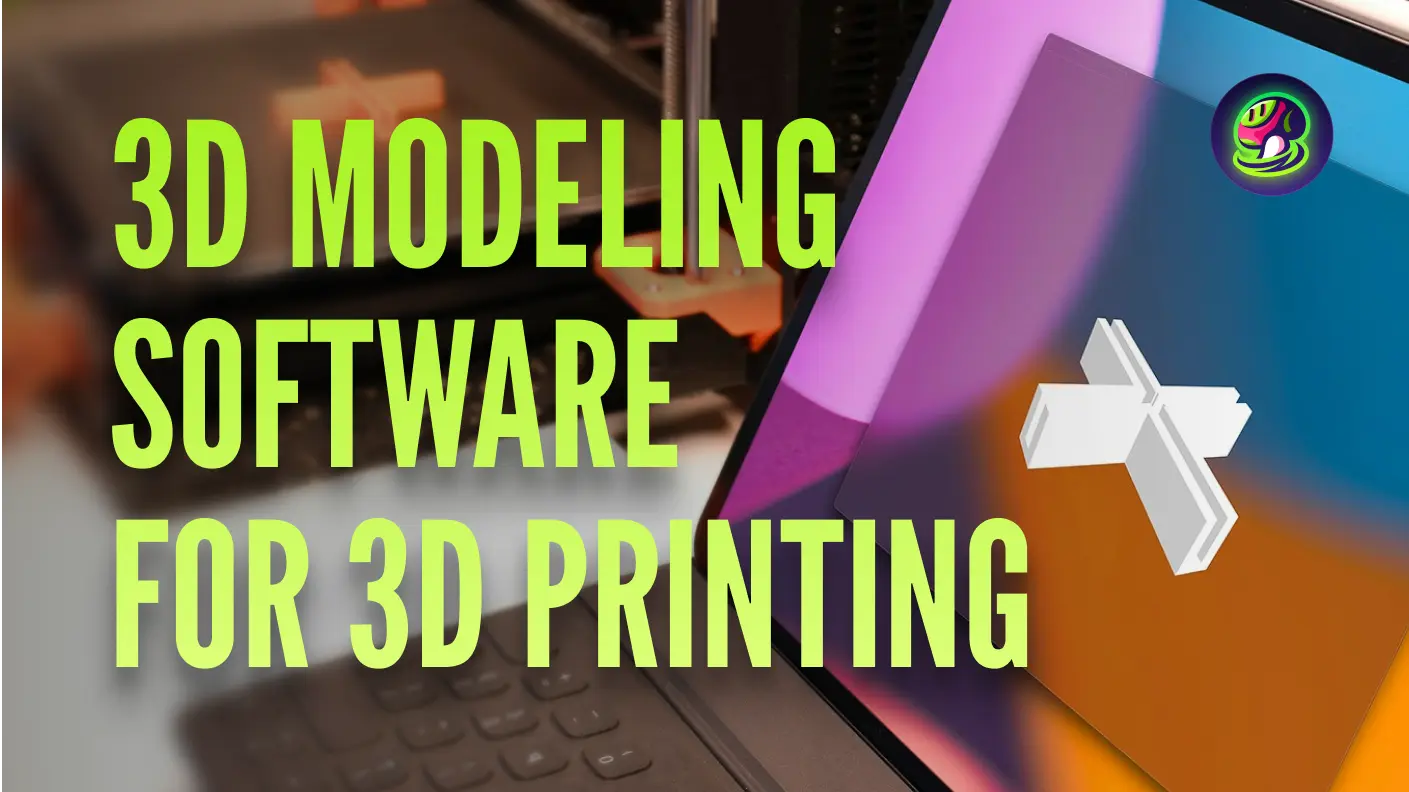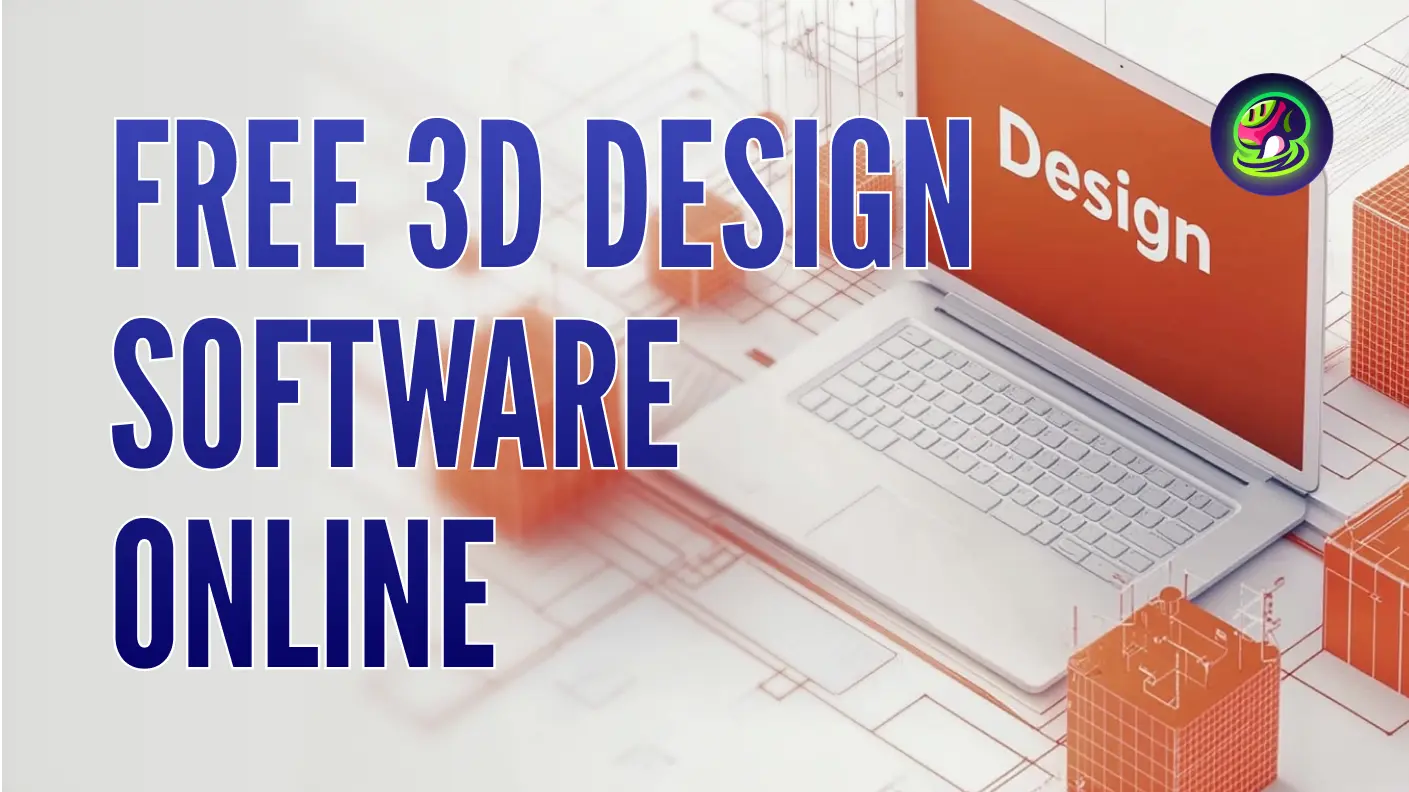If you've ever tried bringing detailed 3D models into SketchUp, you've likely encountered the popular .obj file format. Whether you're working with assets from other 3D software or downloading models from online marketplaces, OBJ files are a common way to transport complex geometry. But how do you bring them into SketchUp efficiently?
This guide will walk you through how to import OBJ into SketchUp, recommend useful plugins, and offer pro tips to streamline your 3D workflow.
What Is an OBJ File?
![]()
An OBJ file is a standard 3D model format that stores geometry — such as vertices, edges, and faces — and optionally includes materials and texture mappings in a companion .mtl file. It's widely supported in software like Blender, Maya, and 3ds Max, and is a go-to for sharing 3D models across platforms.
However, native SketchUp does not support importing .obj files directly, especially in the free web-based version. That's where plugins and extensions come in.
How to Import OBJ into SketchUp
Importing OBJ files into SketchUp can be smooth—if you're using the right tools for your version of SketchUp. Here's how to bring OBJ files into both SketchUp Pro and SketchUp Make using reliable plugins.
![]()
1. Use SimLab OBJ Importer: A Professional Plugin for Importing OBJ Files into SketchUp
SketchUp Pro does not natively support importing OBJ files. While Pro users can import DWG, DXF, and 3DS files directly, importing OBJ requires an extension. One of the most trusted options is the SimLab OBJ Importer, which integrates seamlessly into the SketchUp interface.
- Supports geometry, textures, and materials.
- Offers import settings like scale adjustment and mesh simplification.
- Designed specifically for professional workflows in architecture, product design, and 3D visualization.
How to use it:
- Download SimLab OBJ Importer from the SimLab Soft official site or Extension Warehouse.
- Install the plugin and restart SketchUp.
- Navigate to
Extensions > SimLab OBJ Importer > Import OBJ. - Choose your OBJ file and configure the import options.
Note: This plugin offers a 14-day free trial. A paid license is required after the trial period.
![]()
2. Try FluidImporter: A Lightweight OBJ Import Plugin for Desktop Users
FluidImporter is a simple plugin designed for desktop versions of SketchUp, including SketchUp Make 2017. It offers a basic way to import OBJ files without requiring a full SketchUp Pro license. While the core version is free to use, some advanced features—like better texture handling—may require upgrading to the Pro version.
- Free and lightweight plugin.
- Supports basic geometry and materials.
- Works well for hobby-level models and quick prototyping.
How to use it:
- Download FluidImporter from trusted sites like SketchUcation or the SketchUp PluginStore.
- Install it via SketchUp's Extension Manager or place it in your
Pluginsfolder (for older versions). - Restart SketchUp.
- Use
Extensions > FluidImporter > Import OBJ Fileto bring in your model.
Heads-up: Texture support is limited. Complex materials or
.mtlfiles may not import accurately.
3. Other Plugins You Can Try
If you're looking for enhanced control over texture fidelity, polygon counts, or batch import features, consider these alternatives:
![]()
- Skimp: Great for optimizing high-poly OBJ models without sacrificing visual quality.
![]()
- Transmutr: Allows for smart material conversion and model cleanup during import.
Each plugin has its strengths, and your choice will depend on your specific needs. For most hobby projects, FluidImporter does the job. For professional use or complex models, SimLab and Skimp offer far more control.
Real-World Use Cases of Importing OBJ Files into SketchUp
Importing OBJ files into SketchUp is particularly useful when you're integrating assets from external sources or other 3D tools. For instance, architects may download complex furniture models in OBJ format to furnish their layouts. Product designers might import OBJ scans from photogrammetry tools to prototype within a SketchUp context. Even game developers sometimes visualize character models or environments in SketchUp for fast spatial planning.
If you're working with files from software like Blender or Meshy AI—both considered among the best 3D modeling tools available—OBJ serves as a bridge between powerful modeling and SketchUp's intuitive interface.
Importing Other 3D File Formats into SketchUp
While OBJ is a popular format, SketchUp supports or can convert many others:
- STL: A standard in 3D printing workflows and supported by many of the best CAD software tools for 3D printing; best imported via SketchUp's free STL Importer plugin.
- FBX: Widely used in game engines; less common in SketchUp workflows.
- DAE (Collada): Natively supported by SketchUp, ideal for interchange with other 3D software.
- SKP: Native SketchUp format — fastest and most efficient.
If you're unsure which format to use, DAE and OBJ offer the best compatibility balance for external assets, while STL works best for 3D printing scenarios.
Meshy Tip: Instantly Create Import-Ready OBJ Files
Want to skip the modeling phase altogether? Try Meshy AI, an AI-powered platform that can turn sketches directly into 3D models, delivering OBJ files ready for import in just minutes.
Meshy uses advanced generative modeling to help you quickly produce detailed and clean OBJ files. These models are optimized for import into software like SketchUp and often come with well-structured geometry and UV mapping. Designers working on product mockups, architectural elements, or creative experiments can benefit from Meshy's streamlined pipeline.
Instead of manually crafting every detail, Meshy empowers you to focus on creativity and composition, accelerating your design process.
Final Thoughts
While SketchUp doesn't support OBJ files natively, importing them is easy with the right plugin. Whether you're pulling in assets from Blender, marketplaces, or AI tools like Meshy, OBJ compatibility greatly expands your creative possibilities.
By following the steps above and using the suggested best practices, you'll be able to bring your 3D assets into SketchUp efficiently — and keep your workflow organized and performant.
FAQ: Importing OBJ into SketchUp
Can SketchUp import OBJ files natively?
No. Native support for OBJ files is not available. You'll need to use an extension like SimLab OBJ Importer or FluidImporter.
What's the best free OBJ importer for SketchUp?
FluidImporter offers a free core version, with optional Pro features available for advanced use cases. For more advanced control, SimLab's importer is better.
Will importing an OBJ file keep the materials?
Some plugins retain textures and materials if the OBJ file includes a .mtl file. Always check your plugin's documentation.
How can I convert OBJ to SKP?
Use Transmutr or SimLab Composer to convert OBJ to SketchUp's native SKP format. Alternatively, import the OBJ and then save the file as SKP.
Can I import OBJ into SketchUp Free (Web)?
Unfortunately, no. SketchUp Free (web-based) does not support extensions, which means no OBJ import capability. Use SketchUp Pro (desktop) for importing.


